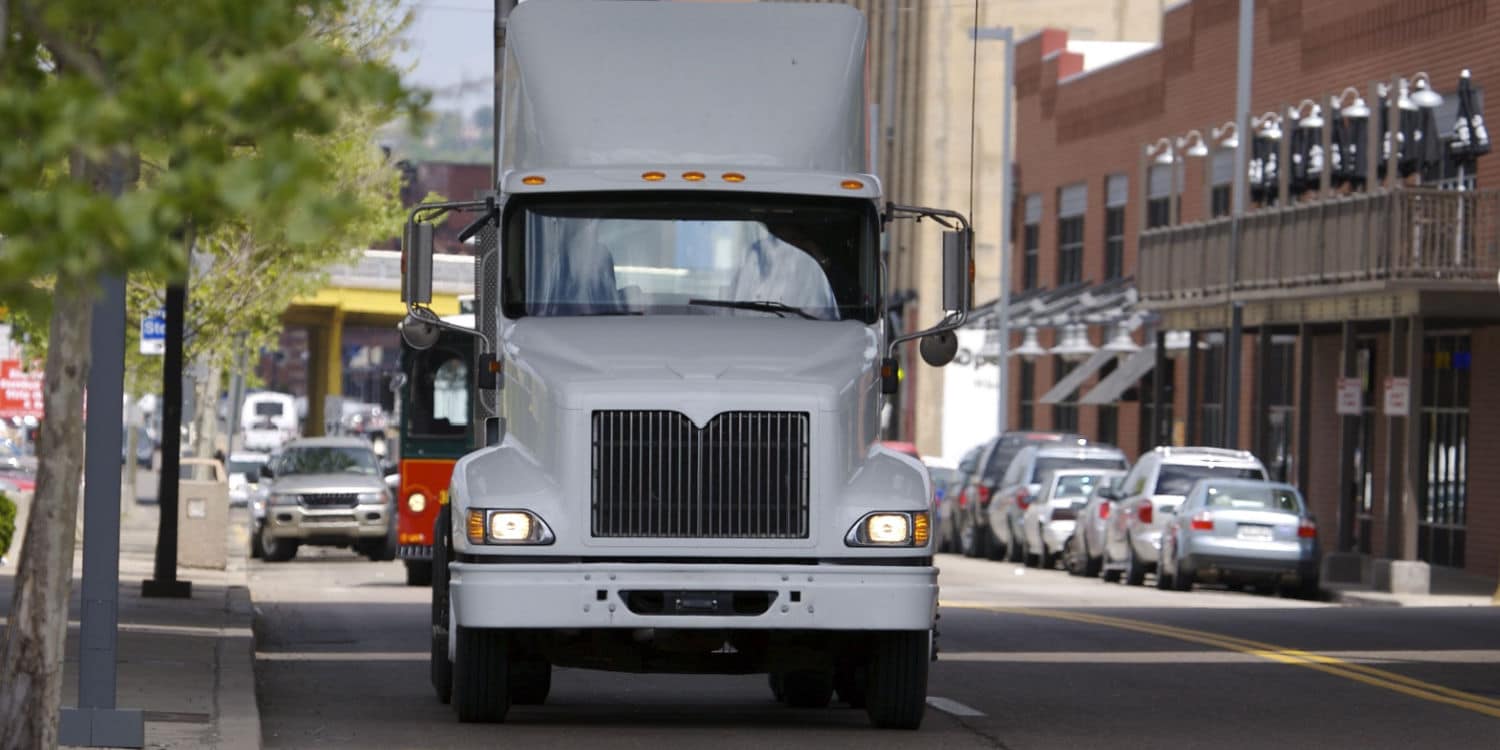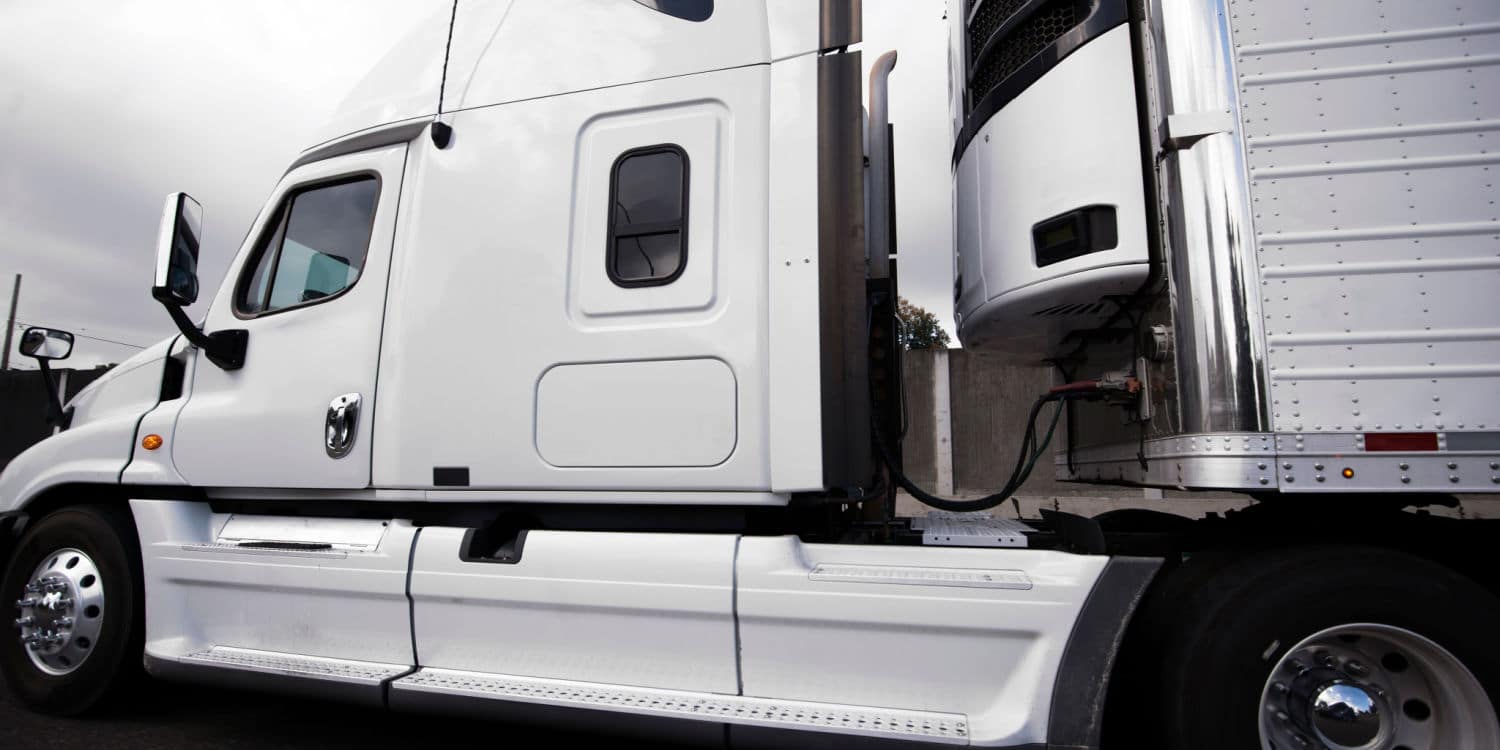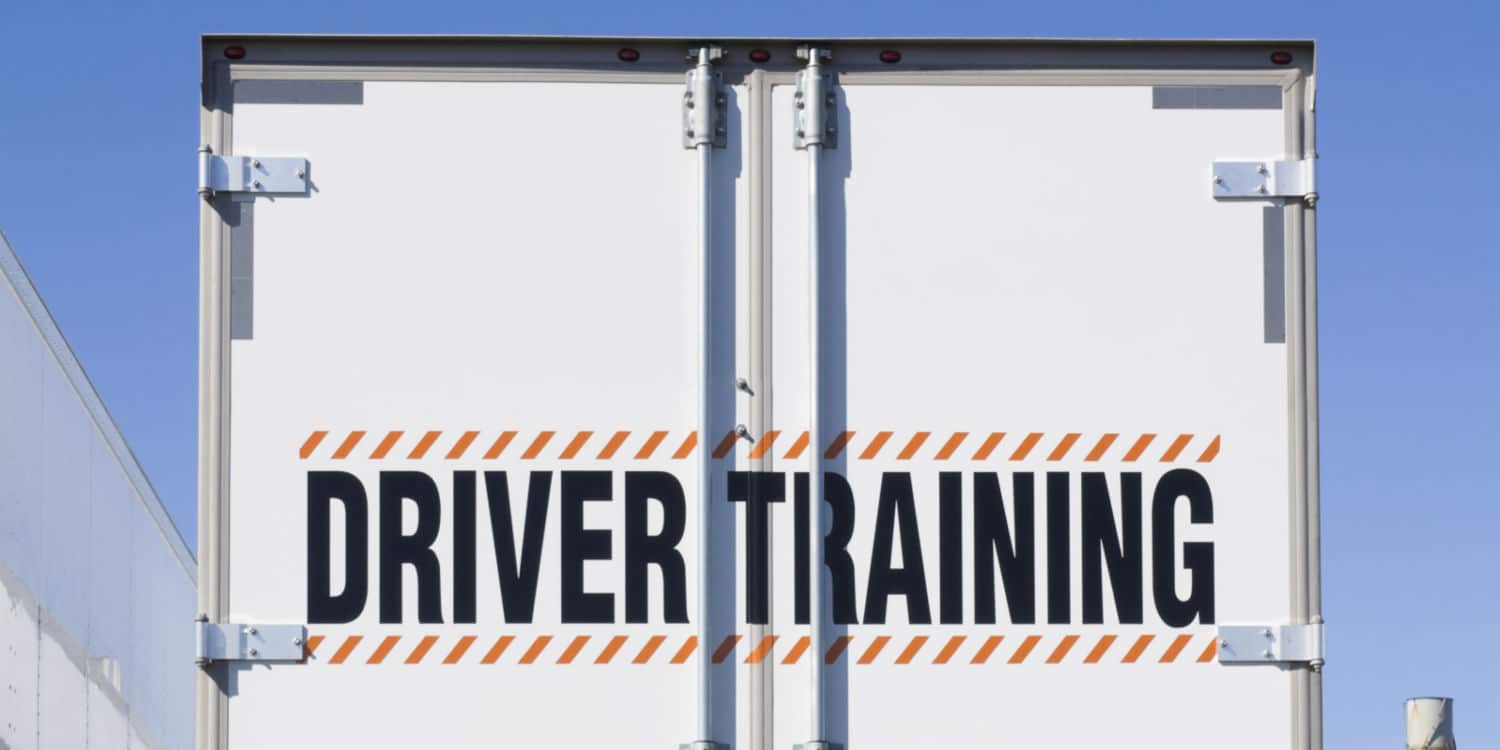Trucking is a unique lifestyle that often takes drivers across the country to deliver goods and materials. While this can be an exciting and rewarding career path, there are also some considerations you’ll need to keep in mind while on the road. One of these is personal safety, especially while parking during the night. There are many ways truckers can stay safe on the road and protect themselves and their cargo.
Here are some tips for personal safety and protection as a trucker:
1. Be Aware Of Your Surroundings
Awareness goes a long way when it comes to personal safety. When you are walking from your truck to the truck stop or vice versa, avoid using your phone or having other distractions. If you notice anything or anyone that seems “off,” try to avoid those areas. Trust your gut and, if necessary, return to your truck and choose another stop.
2. Trip Plan With Safety In Mind
Trip planning is an essential skill for truckers to develop. It not only helps you stay compliant with hours of service (HOS) regulations and get to your destination on time but can also help you stay safe. Look up any truck stops along your route to see if they are in a safe area. Reading reviews and checking out trucker forums can be helpful in determining which stops are safest. Additionally, trip planning helps you ensure you have extra time to leave a stop and find a new place to park if you have a gut feeling once you are there.
3. Don’t Talk About Your Cargo Or Route
Even if it seems like someone is just making innocent conversation, don’t share details about what you are hauling or where you are going. This is especially important for high-value or otherwise sensitive cargo, but this is not the only time you should exercise caution. Even household items that don’t seem particularly valuable can become a target for thieves, and sharing too much information can increase your risk.
What About Weapons?
In conversations about personal safety, firearms often come up, along with other types of weapons or personal protection tools like pepper spray. It’s important to understand that while whether or not to carry a gun is a personal choice, truckers have various factors they need to be aware of. Most motor carriers prohibit firearms on their trucks, and many shippers and receivers do not allow guns on their property.
Additionally, even if you have a concealed carry license, there are various state and local laws you’ll need to be aware of and follow. It’s difficult to keep up with all of these, which makes going over-the-road (OTR) with a firearm very difficult even in the best of circumstances. Regional routes may be more feasible, although this will still be affected by your company’s policy.
Other personal protection products may or may not be restricted. In general, it’s best to consult an expert and read your company’s employee manual before taking anything you are unsure about on your truck. Other methods, like keeping heavy tools nearby, using seat belts and bungee cords to secure doors, having a dog on board, and taking self-defense classes are more feasible.
Learn About Trucking
If you’re interested in a career in trucking, Phoenix Truck Driving School can help you get started. We offer commercial driver’s license (CDL) training in New Mexico, Arizona, and Texas. With our programs, you can get on the road and start earning in as little as four weeks.















